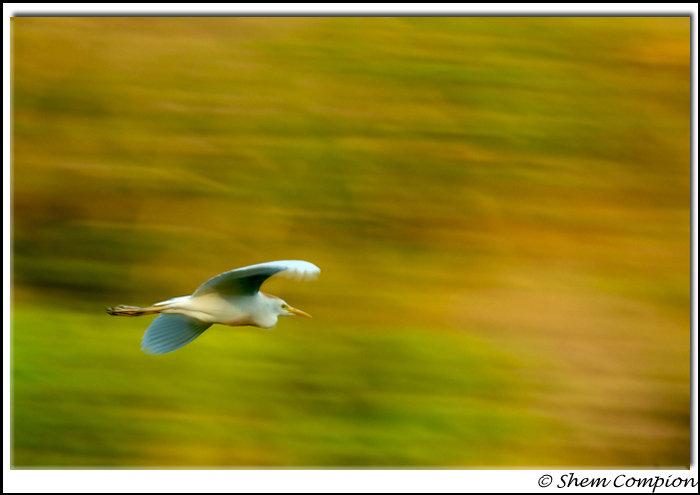In terms of wildlife, Madagascar is a marvel of the modern world. As with many islands, the wildlife is quite unique as the fauna and flora have had many millions of years to evolve on their own. Thus we have islands such as The Galapagos, The Falklands, Borneo, Papua New Guinea and of course Madagascar. Of all the islands on earth, Madagascar is perhaps the one with the highest total endemic species of flora and fauna combined. What makes it so interesting though, is that species are still being discovered and described as I write this! Speaking to researchers in Ampijoroa about their subjects, I was astounded to hear that they were doing studies on subjects that were done on most other animals more than 30 years ago. You can literally point your camera at any subject and produce a thesis on its behaviour, such is the lack of knowledge on many of the species. I have travelled far and wide photographing nature and wildlife, but nowhere have I come across nature guides who describe the species by their scientific names. At first I was quite impressed by their intimate knowledge of the various species, but then I learnt that for many of the species, there is no common name, hence the vernacular being in Latin!
So as you can imagine, photographing in Madagascar is quite a treat. New species are almost around every corner. The lemurs and Sifakas add the charismatic appeal that no one can ignore, while the chameleons, frogs and leaf tailed geckos provide a level of fascination I never thought possible for the smaller creatures of this world. Then there are the birds, tenerics, snakes and lastly the unique, out-of-this-world specialities such as the Eye-eye. An animal so diverse in its looks that all I can say is that the wildebeest has nothing on it at all!
Arriving in Ampijoroa, a dry deciduous forest on the north west of the island, we were greeted to a cacophony of birds and sifakas. Everywhere you looked were endemic birds parading in the spring weather, preparing for the onset of the breeding season. I photographed many of the birds there, but what really caught my attention was the breeding colony of the common Cattle egret just in front of our campsite. Approximately 300 birds were nesting in some reeds over the Ravilobe Lake and in doing so, providing some excellent photographic subjects. Thus I spent a morning or two photographing these very common birds. You see, even in a place as unique as Madagascar, when a subject presents itself in excellent light, you take advantage of the situation; even if it is the lowly common cattle egret that occurs throughout Africa.
I hope you agree.
For more info on going on a Photo workshop to improve your photography, visit C4 Images & Safaris.
Exposure information:
Nikon D200 - 70-200 and 1.4 converter
Exposure – f 18 Shutter Speed: 1/20sec
Exp. Comp. -0.7 EV
ISO equiv. - 125
Flash sync– not attached, Exposure mode– Shutter priority, Metering Mode– Matrix, File type– NEF (RAW)
Focal length: 280mm (420, 35mm equivalent)
Hand held
This article first appeared on shemimages.com


No comments:
Post a Comment